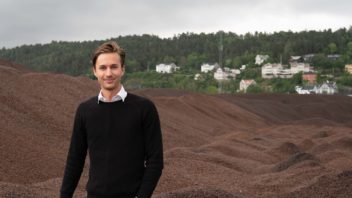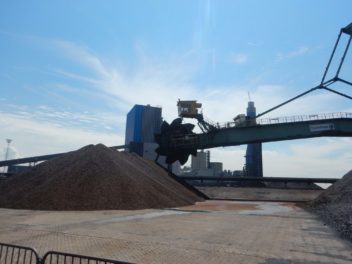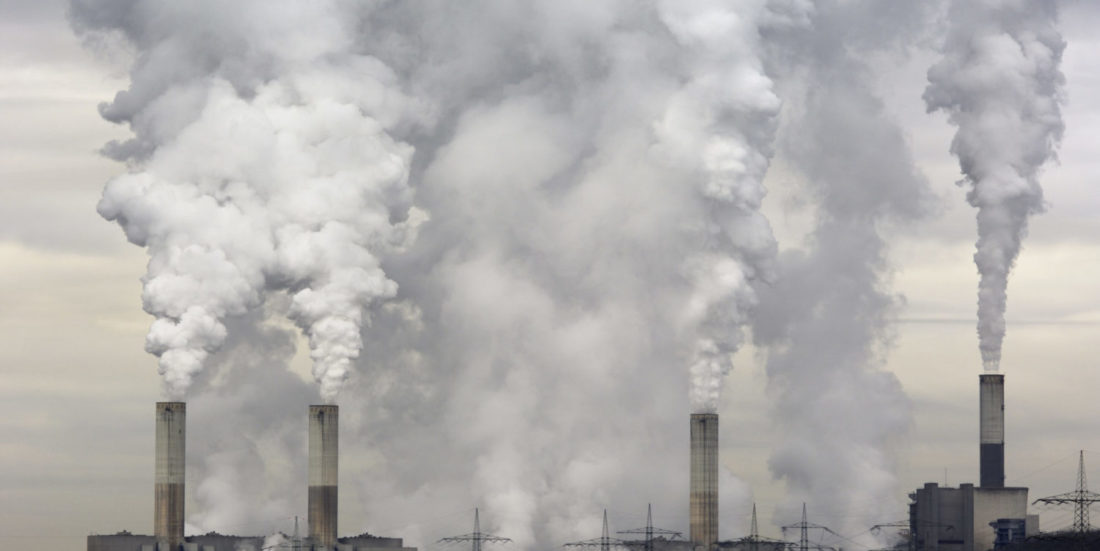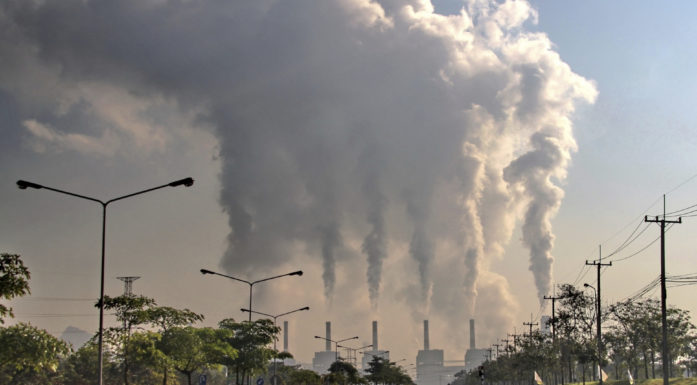This technology replaces coal power with wood power
The Norwegian company Arbaflame is intent on persuading the world to abandon polluting coal power. The new technology makes it possible to replace coal with eco-friendly wood pellets.
As soon as the world stops fuelling its power plants with coal, Norwegian technology is ready to pick up the baton. The technology will now be tested in a coal-fired power plant in Rotterdam. Moreover, a research project means that the system can be used again and again.
Imitating the properties of coal
For almost ten years, Arbaflame has been conducting research and development with this aim in mind.
“It all began when we decided to develop a biofuel that can replace coal in coal-fired power plants without having to make major modifications to the plants”, says Arbaflame’s CEO Bjørn Halvard Knappskog.
The reason that we can’t just use wood or standard wood pellets to fuel a coal-fired power plant is that the coal is crushed into a very fine powder before it is blown into a gigantic combustion chamber for burning.
Facts about Arbaheat
A project with the dual aim of developing and testing a new concept for the conversion of fossil fuel power plants to climate-friendly, wood-based fuels, and of evaluating operational strategies that enable a feasible and inexpensive future energy supply solution.
Partners: The project is being headed by PNO Consultants, working together with SINTEF Energy Research, the University of Bergen, Vrije Universiteit in Brussels, Arbaflame, Rotterdam Harbour Authority, TNO Innovation for Life and ENGIE Energie Nederland.
Of total funding amounting to NOK 260 million, the EU research and development programme Horizon 2020 is providing NOK 192 million.
Duration: 2018-2022.
Website: www.arbaheat.eu
“Crushing wood chips or pellets fails to produce the same fine powder that we obtain from coal”, Knappskog explains. “We’ve developed a process that crushes the pellets to provide a finer size distribution. As well as producing a finer powder, our pellets are water-resistant and more durable than standard wood. These are the three properties that allow the pellets to be handled in exactly the same way as coal”, he says.
The challenge of subsidised coal
Instead of manufacturing a fuel designed to imitate coal, it is of course possible to reconstruct entire power plants. But this is expensive. In Rotterdam it would cost between one and five billion Norwegian kroner to modify the plant. An alternative would be to shut the plant down and build a new gas-fired plant, but this would require even greater levels of investment. Nor is this the optimal environmental solution.
The problem is that coal is cheap. It is simply subsidised and under-priced. Senior Research Scientist Øyvind Skreiberg at SINTEF Energy Research has carried out an analysis of the economics, energy efficiency and emissions throughout the entire pellets value chain, from the raw materials and transport to end use. “It is not possible to compete with coal at current coal prices”, he says.
“In Europe, the coal and fossil fuels sector gets away with this too easily because it is a major industry providing many jobs. An awareness of providing better market conditions for the use of biomass varies somewhat. This may seem straightforward on paper, but such things take time and there are many factors involved”, says Skreiberg.
Ten “Alta” power plants

Hills of black pellets represent green energy. Bjørn Hallvard Knappskog and Arbaflame are replacing coal with steam-treated wood pellets. (Photo: Arbaflame)
The coal-fired power plant in Rotterdam that will be converted to pellet use generates about 5.5 TWh per year. This is equivalent to more than ten “Alta” power plants, or more than 40 per cent more electricity than is currently generated by all Norwegian wind farms. (The Alta hydropower plant is located in Finnmark in northern Norway).
This is not the first time that pellets have been tested in an industrial setting, but it is the first time that they have been manufactured locally, right next to the power plant. Pellet manufacture requires steam, and this is generated by the power plant. The process also produces a limited volume of gas, which can be combusted in the plant to generate energy.
“The process also generates a liquid fraction”, says Skreiberg. “This fraction is worth more as a chemical product than for energy production, so it’s all money in the bank”, he says.
No secrets
Industrial secrecy and competition considerations represent another obstacle to the more rapid adoption of cleaner technologies.
“Our challenge is that when we’re trying to sell our technology into a new coal-fired power plant, it has to undergo a very comprehensive testing and verification process”, says Knappskog. “We’re not permitted to bring along information obtained from one client to the next”, he says.
The European research project Arbaheat circumvents this problem. “Our aim is to show the EU how the pellets are manufactured, handled, stored, crushed and combusted. We shall also develop a comprehensive and universally accessible verification package”, says Knappskog.
Electricity and steam provide high levels of energy efficiency

A wood pellet factory is currently being built in Kongsvinger to produce the majority of the pellets used in the power plant in Rotterdam. (Photo: Arbaflame)
Today, the coal-fired plant in Rotterdam produces only electricity. This means that it is exploiting only 46 per cent of its energy generation potential. In the future, the plan is to supply steam to local industrial plants and by doing so increase energy generation efficiency to between 70 and 90 per cent.
This conversion will take place gradually. At the outset, the pellets will account for ten per cent of production.
As well as the total cessation of CO2 emissions from the power plant following conversion to wood firing, there will also be reductions in NOx and SO2 emissions and less ash.
Licensing out
In the longer term, Arbaflame has ambitions to be one of the world’s largest pellet manufacturers. However, Bjørn Halvard Knappskog is well aware that the global market is currently too big for his company to tackle such conversions alone. During the next ten years, one country after another will prohibit the use of coal-fired power plants.
“We’re looking to combine investment with the development of our own capacity by sharing and licensing out our technology”, says Knappskog.



